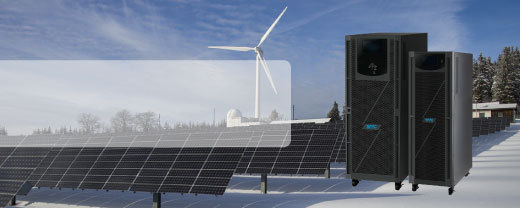
Causes of battery degradation
2023-10-03 00:00
Reference Articles PV Magazine
Amid wide battery variety, each cell type and sub-species of device has unique vulnerability to degradation, influenced by usage and other factors. Some cells thrive at low temperature, others excel at high currents. Such specialization, however, often comes at a cost.
Battery aging is either related to time (in cases of calendar or “calendric” aging) or to usage, with charging and discharging representing “cyclic” aging.
Both forms of aging contribute to capacity and efficiency fade and increasing internal resistance as ions become trapped in unpleasant side-reactions for good. These reactions are driven by various “influencing factors.” Typically, ions react irreversibly with other materials in the cell, forming passive residue and preventing their use for energy transport.
Common influencing factors – whose impact varies by cell type – include the temperature of battery cells; device state-of-charge (SOC); and the current, or power, used during charging and discharging. Regarding state-of-charge – the amount of charge, or energy, in a battery – idle SOC matters when a battery is not in use and the SOC window (the range in which cycling occurs) is relevant when a device is cycling.
Mechanical stress, such as vibration and pressure, is another influencing factor in battery degradation but we’ll focus on the three factors above for now.
Temperature
Temperature plays a pivotal role in battery life. Most cell chemistries benefit from storage and idling at low temperatures, below 20 C, as that slows calendric aging by reducing the chance of side reactions. Idling at higher temperatures can greatly increase the degradation rate.
Conversely, most cell technology is very sensitive to low-temperature operation, causing a dilemma. With more than 30 C to 40 C being less than optimal, the sweet spot for battery cell operation is around 15 C to 25 C, for most chemistries. Newer nickel-manganese-cobalt (NMC)-based batteries are very sensitive to low temperature charging and dangerous defects can occur if charging at lower than 10 C. In the graph to the left, showing three high-quality NMC cells of the same type, the rate of degradation is slightly improved by reducing the operating temperature by 10 C, from 25 C (the orange line) to 15 C (violet line). Going 10 C lower (blue line), however, would crash the battery almost immediately.
Lithium plating
Lithium-ion (li-ion) batteries are generally safe but under certain conditions – in cold temperatures, under high current, or with an already well-filled host electrode – they can experience lithium plating. The example above showcases the impact of plating at low temperature. Plating is a form of residue that occurs when lithium ions form metal deposits inside battery cells. Over time, this process can accumulate and eventually lead to internal short circuits that might trigger a thermal runaway – a rapid and dangerous release of heat and gases.
SOC
State of charge has a substantial impact on battery lifetime. Both idle SOC, during non-usage (which concerns calendric aging), and the SOC range or window during operation (cyclic aging) matter. The following example shows two identical NMC cells.
The graph below shows the degradation evolution of two almost identical use cases of a high-quality NMC cells.
Both use only around 50% of the battery, and the first use case (the blue line) does so in the upper half of the SOC, starting fully charged and falling to 50% before being fully charged again. The second use case (in orange) starts at 50% charged and ends virtually empty. As the graphs show, the impact on degradation is incredible: the orange battery will live two times to three times longer than the blue one, reducing total cost of ownership by more than half.
It should be stressed, however, this is an example of a particular cell type and other devices and cells may behave completely differently. As a rule of thumb, avoiding an SOC above 90% and below 10% generally extends battery life, but there are exceptions.
Get the latest price? We'll respond as soon as possible(within 12 hours)











